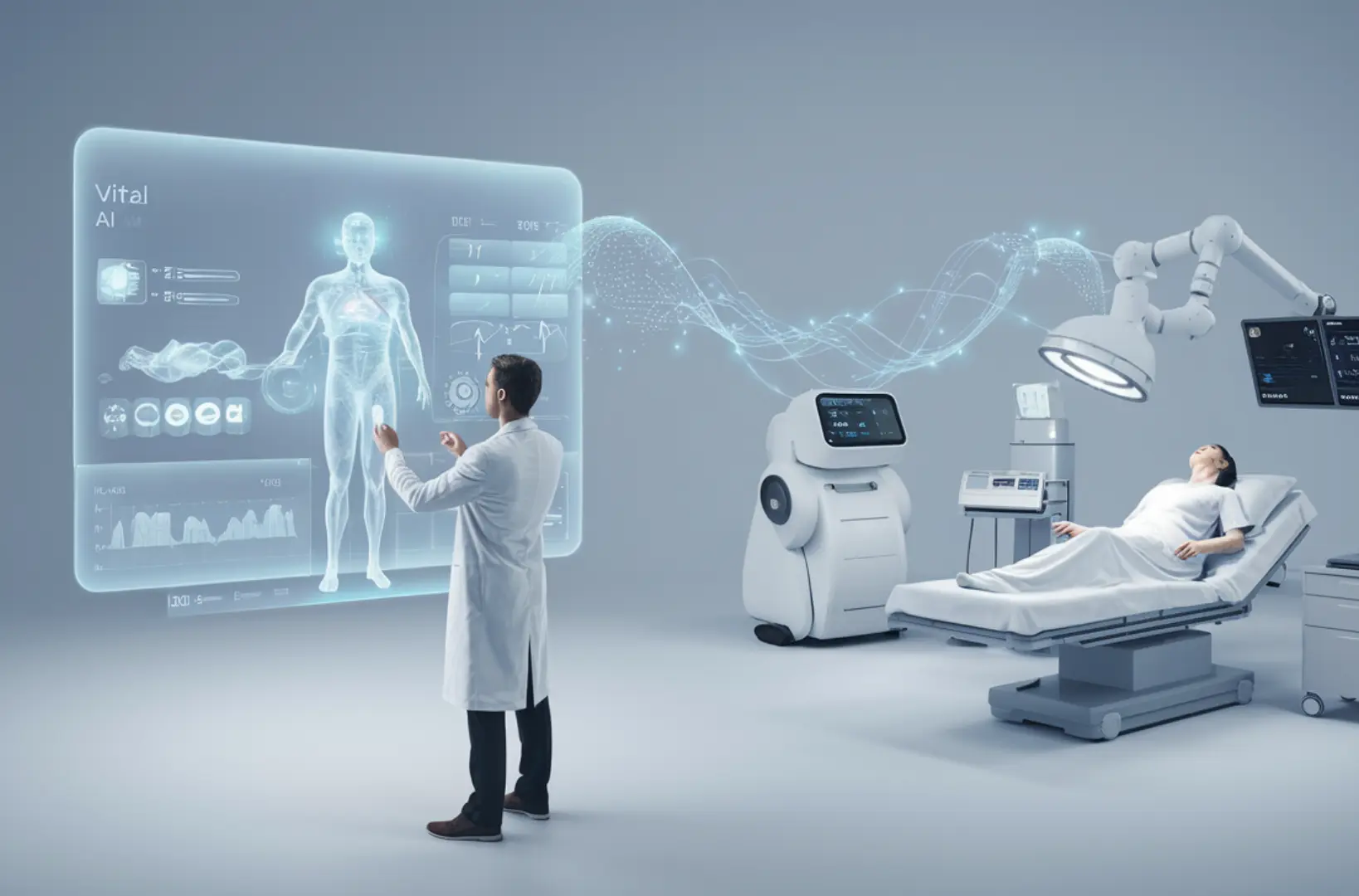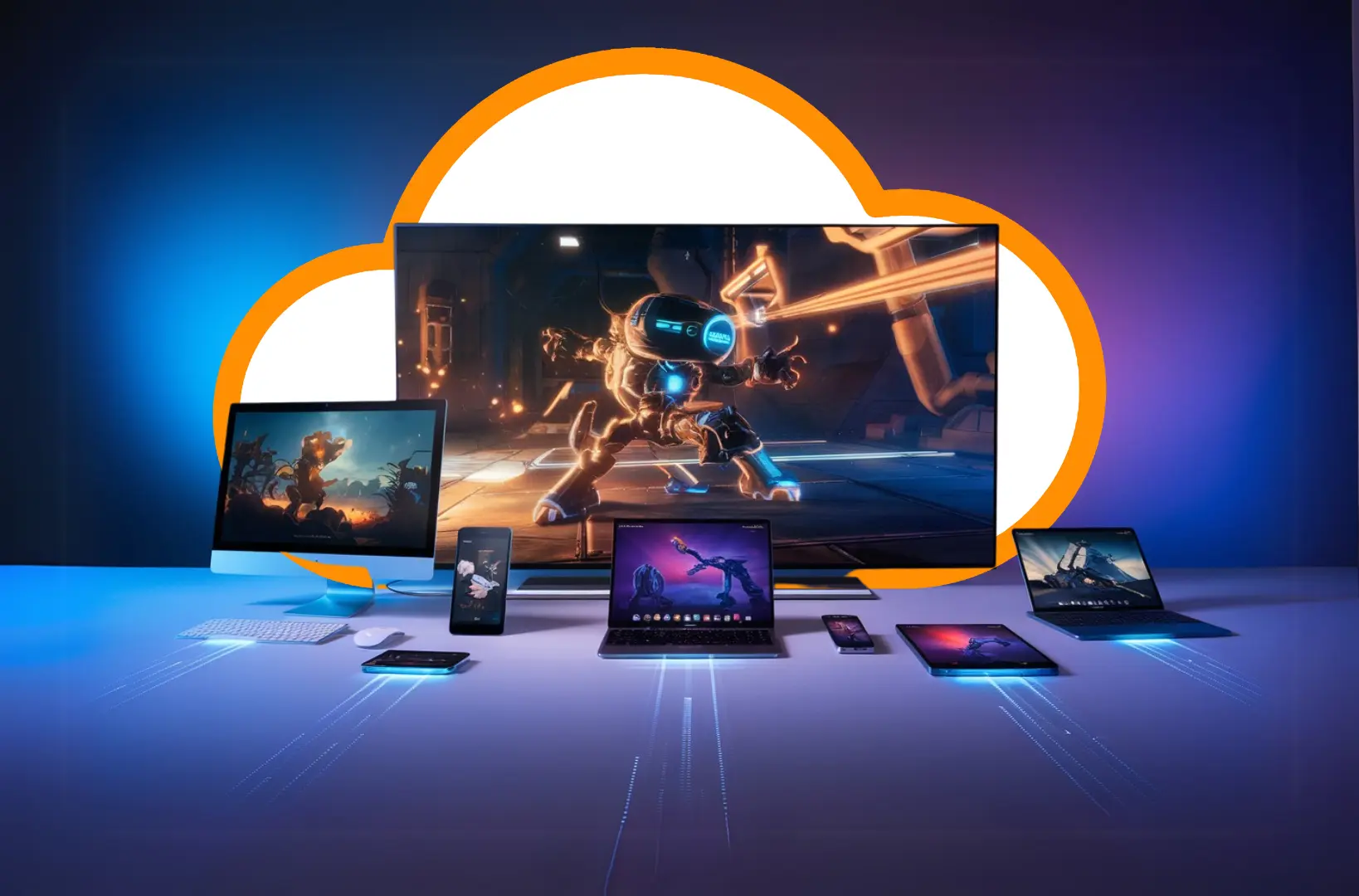Robotics is an interdisciplinary field combining multiple disciplines, including engineering, computer science, and kinematics, to design and create intelligent machines. These machines are capable of performing tasks that were once the sole domain of humans. In robotics, the use of components such as actuators, servos, and sensors allows robots to interact with their environment and carry out functions autonomously or semi-autonomously.
The development of robots has revolutionized various industries and holds the potential to transform our daily lives. As technology progresses, robots are becoming increasingly adept at performing complex tasks with higher efficiency and precision.
Learn more about the applications of AI in robotics.
Core Components of Robotic Systems
Robotics involves the integration of several key components that work in harmony to enable functionality. These components include:
- Actuators: These devices convert energy into mechanical motion. Actuators enable robots to move and perform specific tasks.
- Servos: These are precise motors that control angular or linear motion, allowing robots to articulate and move in specific ways.
- Sensors: Sensors are critical for robots to perceive their environment. They can detect factors like temperature, pressure, and movement, providing necessary data for autonomous operations.
Understanding how these parts work together is fundamental to developing smarter robotic systems. The evolution of robotic technology is intricately tied to advancements in these components.
Discover how robotics systems use cloud technologies.
Applications of Robotics
Robotics has made significant strides in diverse sectors, offering solutions that have led to improved efficiency, reduced costs, and higher precision.
Manufacturing
The manufacturing industry was one of the first to adopt robotic technologies. Automation has allowed companies to streamline production processes, reduce human error, and increase production speed. Robots are used in everything from car assembly lines to packaging products and quality control.
Benefits in Manufacturing:
- Increased Efficiency: Robots can work 24/7, resulting in higher output and lower operational costs.
- Improved Precision: Robots are highly accurate, ensuring products are made to exact specifications.
- Reduced Human Error: Automating tasks reduces the chance of mistakes during repetitive tasks.
In the future, manufacturing will continue to rely on advanced robotics, further enhancing productivity.
Read more about the role of cloud computing in manufacturing automation.
Healthcare
The healthcare sector has witnessed some of the most impactful applications of robotics, particularly in surgery and patient care. Robotic surgery systems, such as the da Vinci Surgical System, allow for minimally invasive surgeries, reducing recovery times and enhancing precision.
Key Applications in Healthcare:
- Surgical Assistance: Robotic systems help surgeons perform precise operations with minimal disruption to surrounding tissues.
- Patient Care: Robots assist with rehabilitation and elderly care by providing companionship, therapy, and even medication management.
- Medical Logistics: Robotic technologies are employed for inventory management, reducing human labor in hospitals.
The continued integration of robotics in healthcare promises better patient outcomes and more efficient medical practices.
Learn how robots are transforming healthcare practices.
Space Exploration
Robotic systems have been indispensable in space exploration, allowing humanity to explore far-reaching areas of the universe. Robots such as rovers and robotic arms aboard spacecraft have carried out scientific tasks in environments that are too hazardous for humans.
Space Robotics:
- Mars Rovers: Robots like the Curiosity Rover have explored the surface of Mars, sending back valuable data about the planet’s conditions.
- Robotic Arms: Robotic arms aboard the International Space Station (ISS) are used to capture satellites and assist with spacewalks.
These space-bound robots are vital for gathering information and making groundbreaking discoveries.
Explore more about robotics in space.
Deep-Sea Exploration
Robots also play an important role in ocean exploration. Remotely operated vehicles (ROVs) and autonomous underwater vehicles (AUVs) have made it possible to explore the depths of the ocean, capturing images and collecting samples from areas that would be impossible for humans to access.
Applications of Underwater Robotics:
- Marine Biology: Robots are used to study marine life and ecosystems in their natural habitats.
- Oceanography: Robots assist with gathering data about ocean conditions, which is crucial for climate studies.
- Search and Rescue: Underwater robots are also used in search and rescue operations to locate sunken objects or even missing vessels.
Robotic technologies continue to expand the frontiers of deep-sea exploration, revealing the mysteries of our oceans.
Learn more about the role of robotics in ocean exploration.
The Future of Robotics
The future of robotics is filled with promise. As technology advances, we can expect to see robots with higher intelligence, adaptability, and capabilities.
Collaborative Robots (Co-Bots)
Collaborative robots, or co-bots, are designed to work alongside humans, complementing their abilities rather than replacing them. These robots are already being used in industrial environments, and their potential extends beyond manufacturing into offices and homes.
Advantages of Co-Bots:
- Enhanced Workplace Safety: Co-bots take on dangerous tasks, reducing the risk to human workers.
- Adaptability: These robots can learn new tasks, making them versatile in a wide range of environments.
Co-bots will continue to reshape how humans interact with robots, contributing to safer and more efficient workplaces.
Explore the future of co-bots in industries.
Bio-Inspired Robotics
One of the most exciting developments in robotics is bio-inspired design. By studying nature, engineers are creating robots that mimic the movements of animals. These robots are not only efficient but can also perform tasks that were once considered difficult for machines.
Examples of Bio-Inspired Robots:
- Cheetah Robot: Designed to run at high speeds, this robot mimics the movement of a cheetah, enabling it to move efficiently across diverse terrains.
- Robot Fish: Inspired by fish, these robots are used for underwater exploration and environmental monitoring.
Bio-inspired designs open up new avenues for robots to perform tasks in unpredictable environments.
Read more about how nature inspires modern robotics.
Personalized Healthcare
The next phase of healthcare robotics will involve personalization. With robots increasingly able to assist in rehabilitation, elderly care, and even remote surgeries, healthcare will become more tailored to the individual’s needs.
Future Possibilities in Personalized Healthcare:
- Robots for Elder Care: Assistive robots will help elderly individuals with tasks such as mobility, medication reminders, and companionship.
- Robotic Rehabilitation: Patients recovering from surgery or injury may benefit from robotic assistance in regaining strength and mobility.
Personalized healthcare is set to become more widespread, making healthcare more efficient and accessible.
Challenges in Robotics
While the future of robotics is promising, there are several hurdles to overcome.
- Ethical Considerations: The widespread adoption of robots raises questions about job displacement, data privacy, and human rights.
- High Costs: The development and implementation of advanced robotic systems can be costly.
- Technical Limitations: Developing robots that are fully autonomous, adaptable, and capable of performing complex tasks remains a challenge.
Despite these challenges, continued advancements in robotics are expected to provide solutions to these issues.
Learn about the ethical considerations of robotics.
Conclusion
Robotics is advancing at a rapid pace, with applications across multiple industries that are improving our lives in countless ways. From manufacturing and healthcare to space and ocean exploration, robots are becoming more integrated into our daily lives. As artificial intelligence and machine learning continue to evolve, the future holds boundless potential for smarter and more capable robots.








